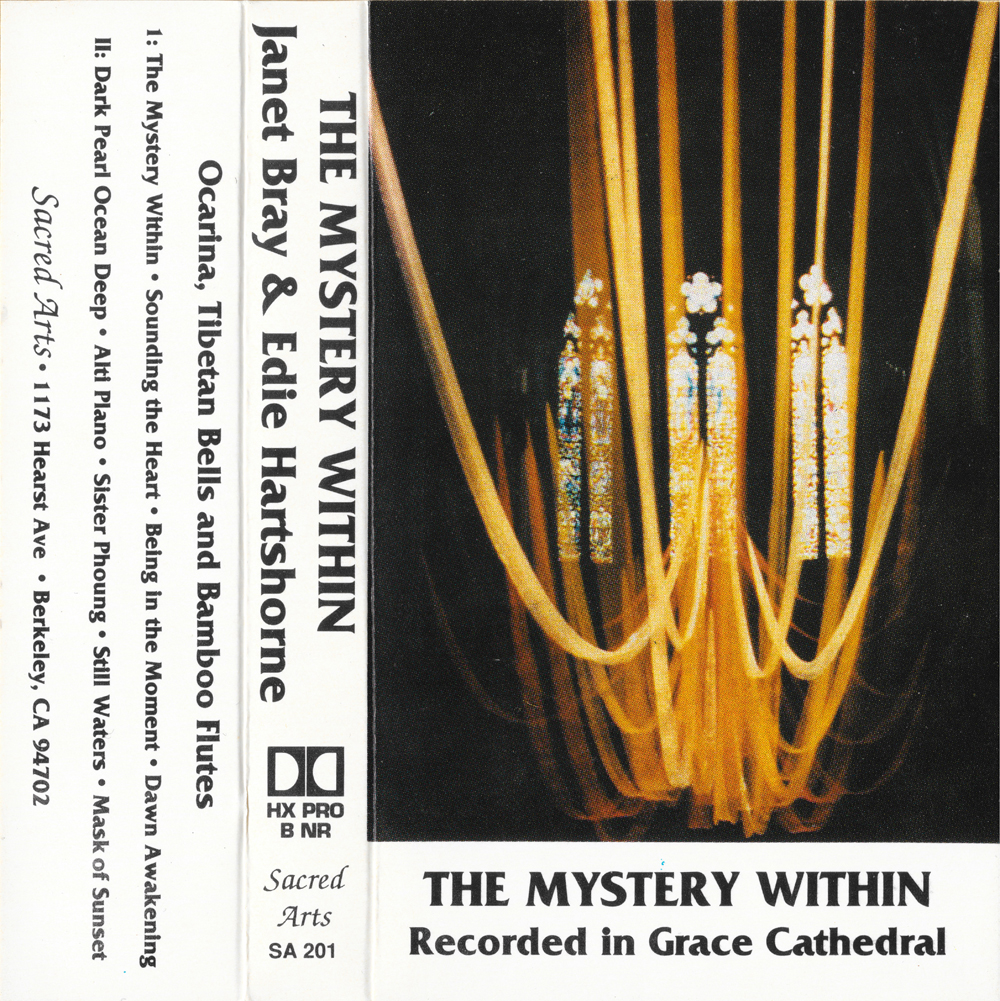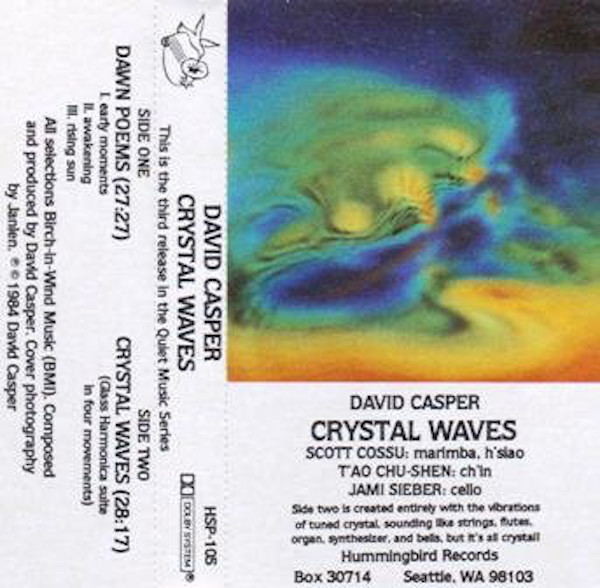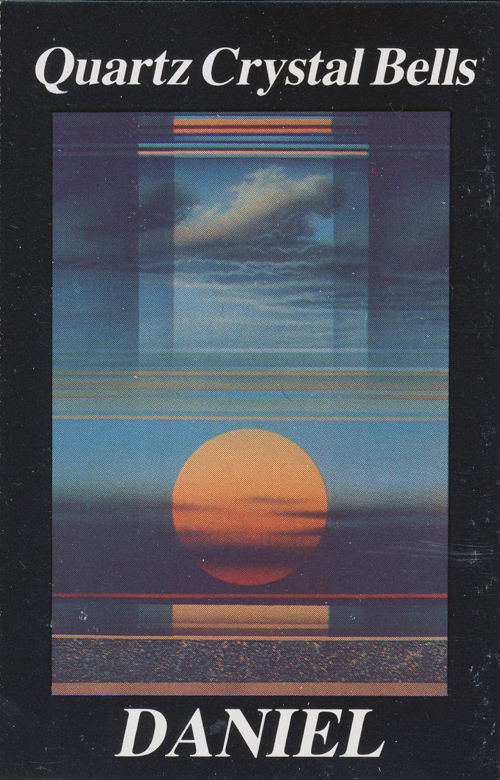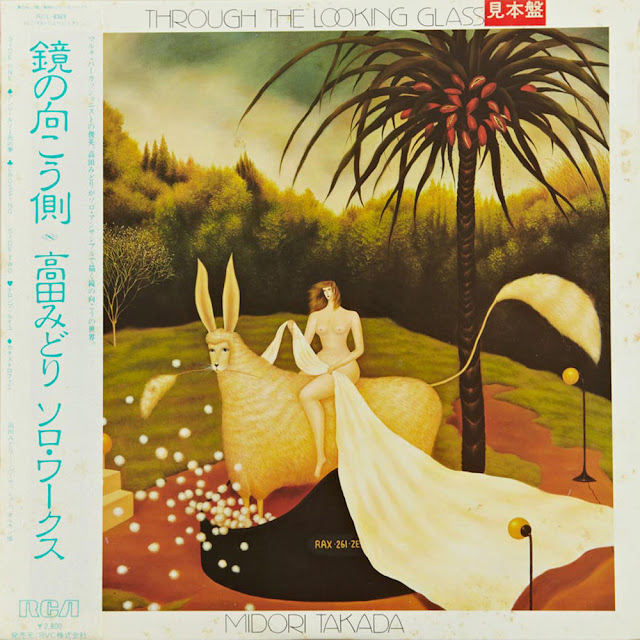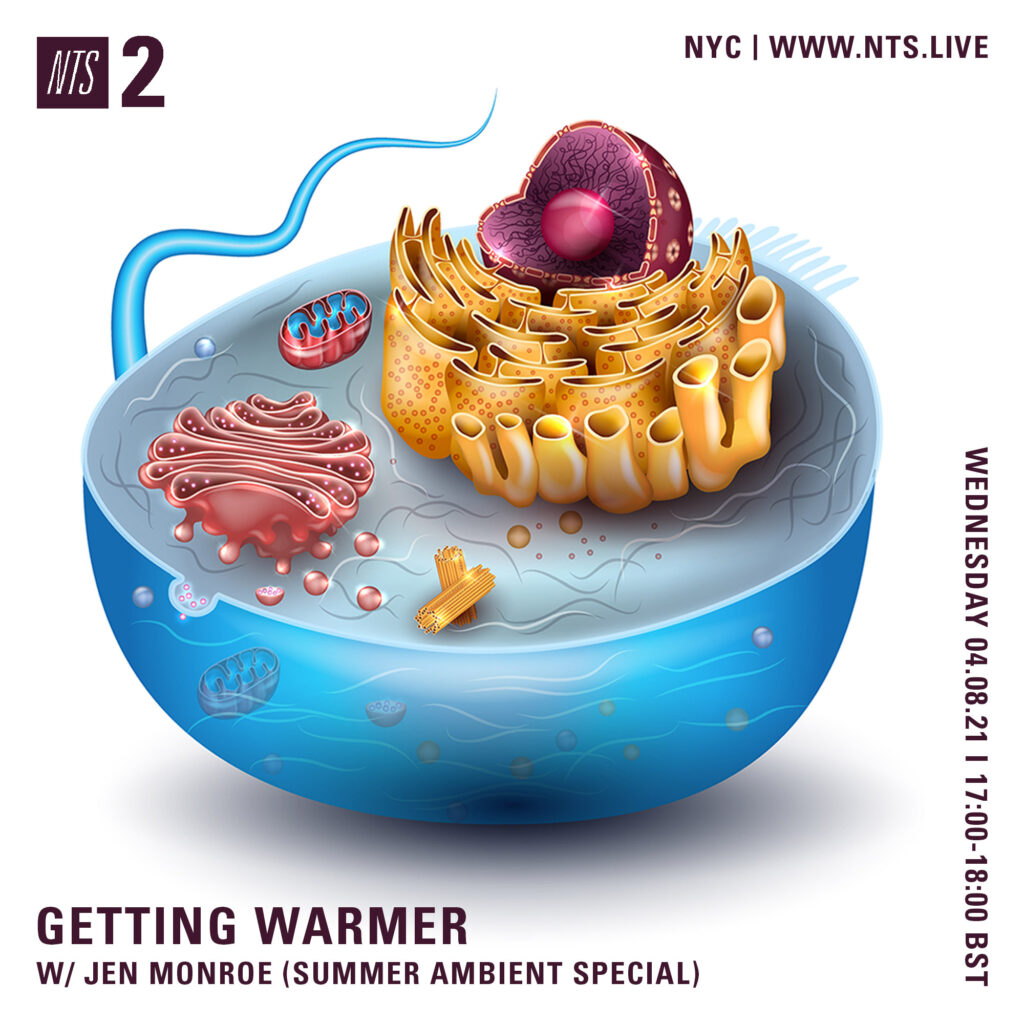
My newest episode of Getting Warmer for NTS Radio is a continuation of the late summer ambient series. It’s also an extra-luxurious two hours long, so I hope it’s helpful in soundtracking a lazy picnic or an afternoon nap. I went slightly off-script this year, incorporating some tracks that aren’t as strictly minimal or classically ambient, and I included more folk, more vocals, and more guitars. Pretty pleased with how it turned out, so I hope you enjoy it. If you do, you can download an mp3 version here.
Previous episodes: 2020 | 2018
Tracklist:
1. Brian Eno & Robert Fripp – Wind On Water
2. Yoshio Ojima – Sealed
3. Contraviento – Desencanto
4. Yas-Kaz – The Gate of Breathing
5. Mark Pollard – Quinque II
6. Klaus Wiese – Dunya (Excerpt)
7. lovesliescrushing – Butterfly
8. Oscilation Circuit – Homme
9. Takashi Kokubo – Quiet Inlet
10. Julianna Barwick – Wishing Well
11. Al Gromer Khan – Mumtaz
12. Not Drowning, Waving – Frogs
13. ironomi ft. Coupie – 楓
14. Margaret Gay – Prelude No. 1 in C Major from the Well-Tempered Klavier (Bach)
15. Bobbie Gentry – Courtyard
16. Meitei – Ike
17. Priscilla Ermel – Folia Do Divino
18. William Barklow / Loons – Wail Duet
19. Harold Budd – Afar
20. Bill Douglas – Lake Isle Of Innisfree
21. Nuno Canavarro – Antica/Burun
22. Edson Natale – A Flor

